Thinking of backpacking India? If you didn’t know already, the Indian Subcontinent is a place full of surprises, incredible diversity, and amazing culture. But backpacking a country with so many extremes like India may not be for everyone. Here are some things to know before you go – hopefully it will help you in your journey.
1. Traffic
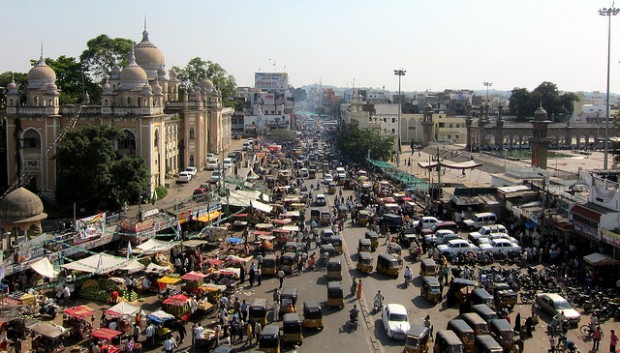 Image credit: Indi Samarajiva
Image credit: Indi Samarajiva
First time in India? Prepare to be welcomed by what I call ‘The Indian Street Orchestra’ – constant honking from cars, motorcycles, mini-vans, lorries, large trucks, buses, bicycle rickshaws, auto rickshaws (tuk tuks)… And let’s not forget our furry friends who live their lives vicariously on the streets – dozens of cows, dogs, cats, and sometimes goats!
Indian drivers can sometimes be like those Singaporean drivers we hate – rude and seldom giving way. Except that while in Singapore most of the vehicles on the road are cars, in India it’s a mixture of everything; sometimes at the centre of the traffic you can find hawkers rolling their carts! Better yet, show up during peak hours and you get really intense traffic congestion.
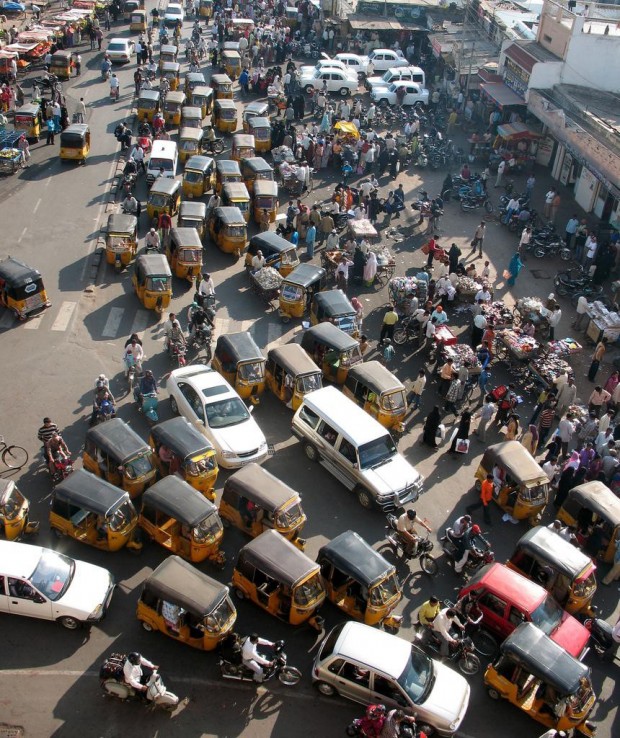 Image credit: Alex Graves
Image credit: Alex Graves
The traffic in India is one of the reasons why you’re never really expected to turn up on time for a date – you never know when you’re going to be stuck in traffic for hours!
Here’s a tip, if you’re on your way home and come across a massive congestion on the road, it’s better to keep walking on your own two feet or simply take the metro. Don’t even bother looking for an auto rickshaw!
2. The Indian Railways
As of April 16, 2015, the Indian Railways have been in operation for 162 years. That’s more than one and a half centuries! That says a lot about how established it is. If you have been to India but never travelled on the Indian Railways, then you haven’t experienced India properly.
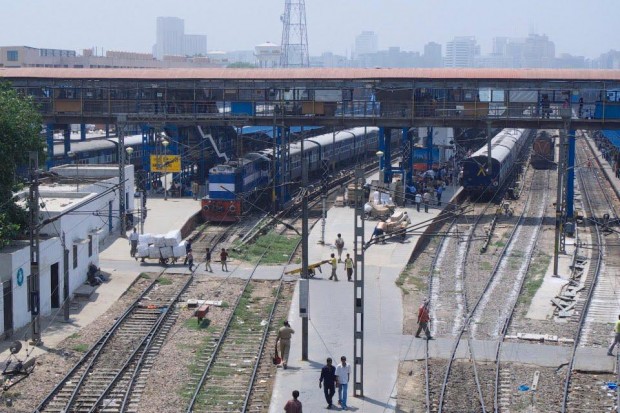 Image credit: in.worldmapz.com
Image credit: in.worldmapz.com
With over 20 types of passenger services (choose the express trains for a faster journey), one can choose from the different classes for booking a seat: 1st AC (air-conditioned), 2nd AC, 3rd AC, AC Chair Car, 2nd sleeper and 2nd ordinary.
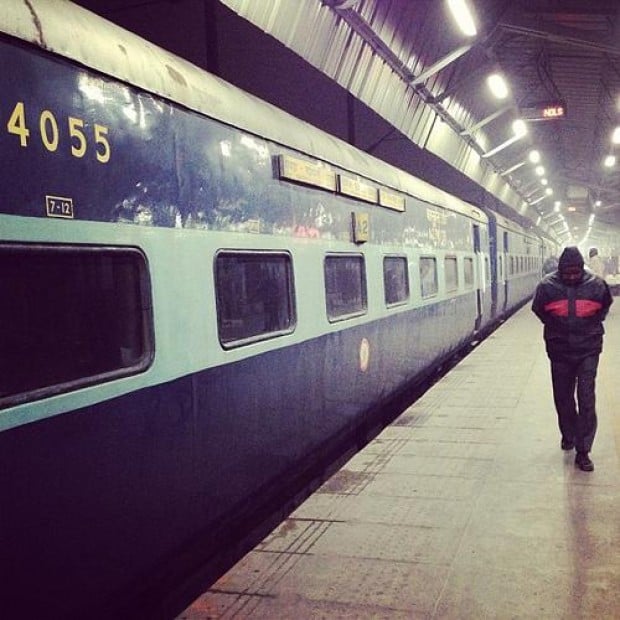 Image credit: Harsh Agrawal
Image credit: Harsh Agrawal
My recommendation? Go for the 2nd sleeper category. It’s cheap, relatively clean (bring some wet wipes to wipe down your bed if you get a dusty sleeper bed), and absolutely efficient. Here’s another tip: Always take the top bunk on the sleeper beds, it’s the most ventilated and you’re less likely to get random passengers taking your seat.
Make sure you book in advance. With 1.26 billion people in the country, the Indian Railways is almost always fully packed! Also, last minute bookings may cost double the price.
For all your booking troubles, head on to the Indian Railways website to find out about train schedules and ticketing services. I have also found information from The Man in Seat 61 to be extremely useful when it comes to learning all about train travel in India.
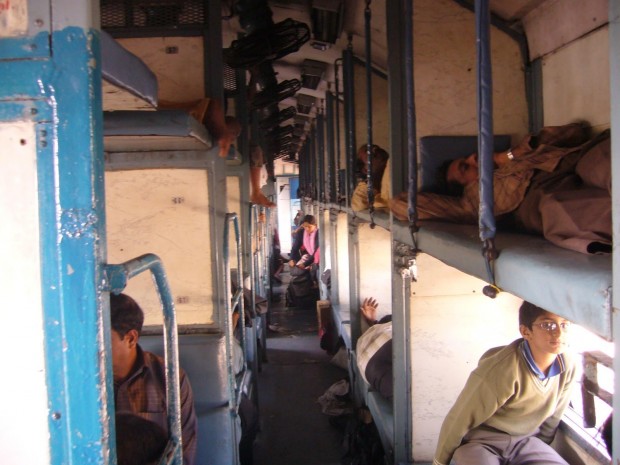 Image credit: Dforest
Image credit: Dforest
Don’t worry about getting hungry on your journey, there’s always the chai-wallahs and hawkers who get on the trains on random stops and walk around the trains selling tea, coffee and local snacks to curb your hunger while you’re on that 14 hour journey.
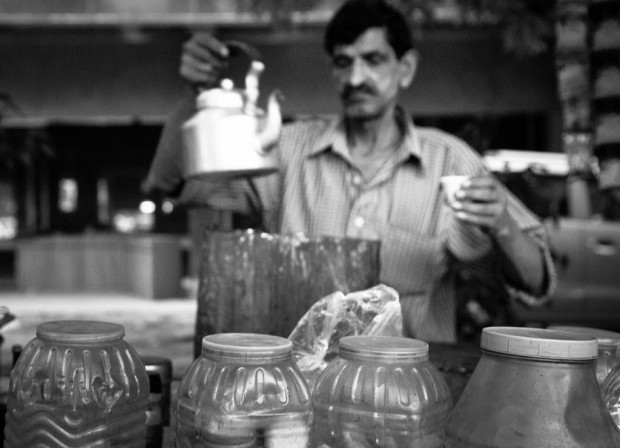 Image credit: Barney Moss
Image credit: Barney Moss
As with all railway/train systems, there’s always going to be a delay sometimes and when in India, this is something one must get used to. Remember though, if you are late for your train, then you better be prepared to run through the crowded station with your backpack!
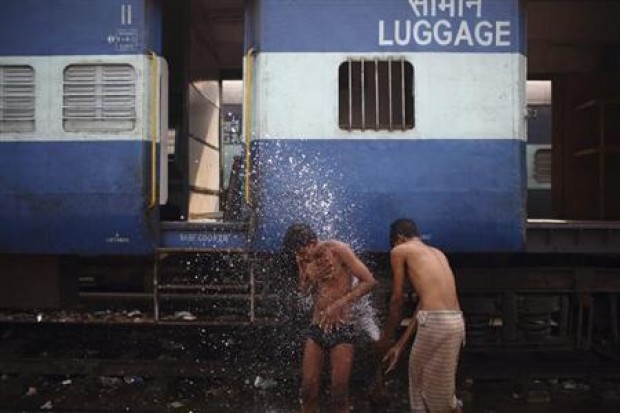 Image credit: Reuters
Image credit: Reuters
The Indian Railway is truly an experience; be sure to enjoy the views of the sunrise as you wake up in a new city.
3. Street Food
A word to the wise: strengthen your immune system before going to India. Based on personal experience though, one always has to get the infamous “Delhi Belly” before your tummy really gets used to the street food of India.
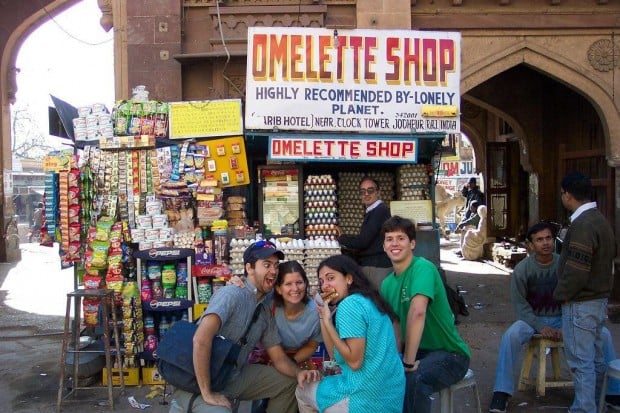 Image credit: meg and rahul
Image credit: meg and rahul
Thankfully there are some street food that isn’t too “dirty” by Singapore standards and you can tell which guy does a good street omelette sandwich because, similar to Singapore, many people will be queuing to get it.
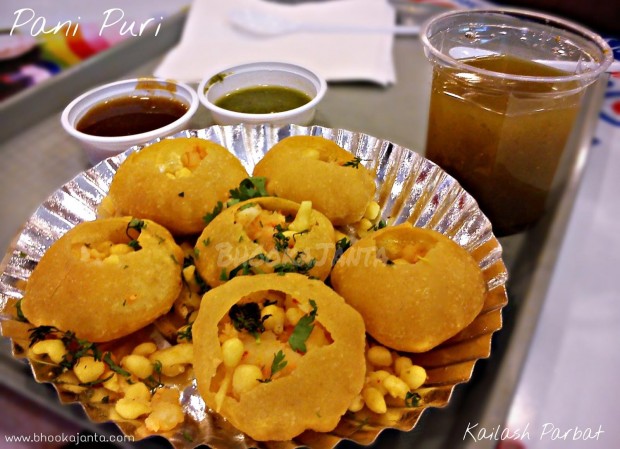 Image credit: Times of India
Image credit: Times of India
Once you think your stomach is ready to handle it, head on to the nearest food market to get your panipuri fix. A type of chaat (Indian snack), it usually consists of a round, hollow puri, deep fried to a crisp, and then filled with a mixture of flavoured water, tamarind chutney, chili, chaat masala, potato, onion and chickpeas.
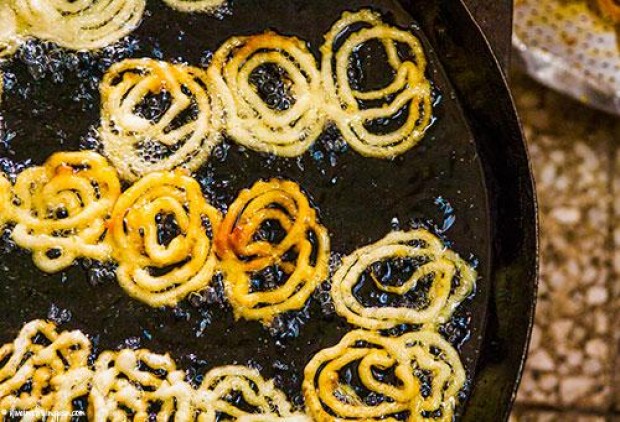 Image credit: iliveinafryingpan.com
Image credit: iliveinafryingpan.com
To satisfy your sweet tooth, look for the guy selling jalebee or gulab jamun and make sure you consume them on the spot! You won’t regret it, I promise.
4. Toilets
If you haven’t heard about this already, allow me to formally introduce you to ‘The Indian Shitpot’. Also known as the squatting toilet in all other parts of Asia, using this toilet requires you to, yes, you guessed it, squat while doing a Number One and a Number Two!
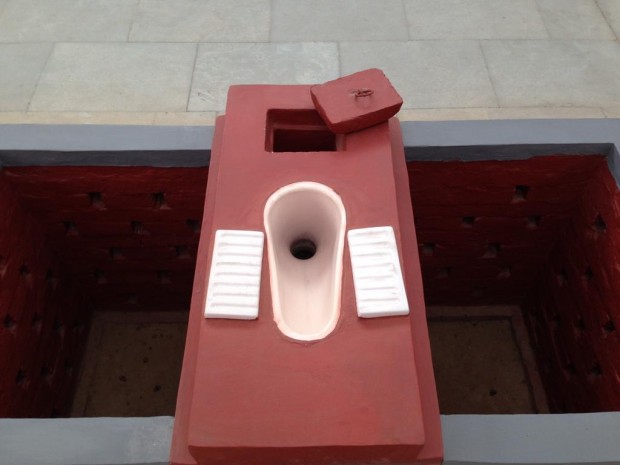
If you’re planning to backpack around India then you should get used to the idea of using a squatting toilet. Most of the time, there won’t be any toilet paper either as the locals clean themselves with a splash of water either straight from the hose or from a bucket.
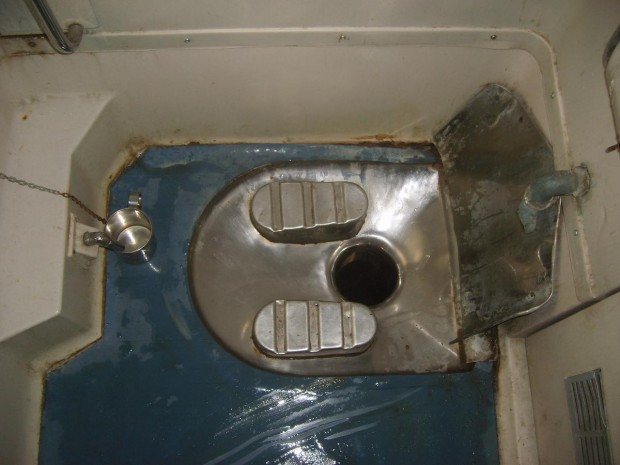 Image credit: Scoop Whoop
Image credit: Scoop Whoop
Girls, I’d advice to carry around a small roll of toilet paper with you at all times and carry a convenient sling bag as well because there won’t be any hooks in the cubicle to hang up your bags.
Also, it’s actually cleaner to use the water to wash yourself first before drying yourself off with the toilet paper. You know the old adage, “When in Rome, do as the Romans do”.
5. Accommodation
While backpacking, I sought to look for the cheapest accommodations. However, if you’re slightly picky about cleanliness like me, then make sure you read multiple reviews before making your final booking.
I found that in the cities I visited, there wasn’t such a huge hostel culture like in Southeast Asia. However, there are always plenty of affordable homestays, Airbnb apartments (though it has yet to become popular in India) and very lovely, homey guesthouses all around.
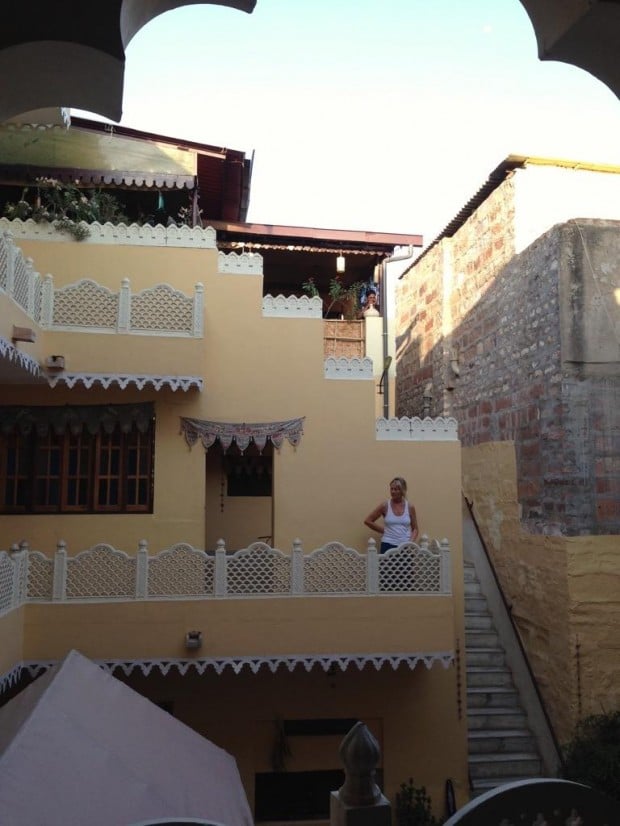
Do carefully check in advance what facilities are available, especially if you prefer a western toilet, hot shower and need laundry services. Always check with the host on this, and as a safe bet, call the guesthouse a day before your arrival to make sure they’ve got your booking.
If you’re feeling a little adventurous, then I recommend you get on Couchsurfing. Based on my experience in Bombay, there are plenty of Couchsurfers out there who are more than happy to welcome you to their homes. It’s a little bit of a risk, especially for solo female travellers, but you should also be very picky on your host and make sure he or she has good references on their Couchsurfing profile!
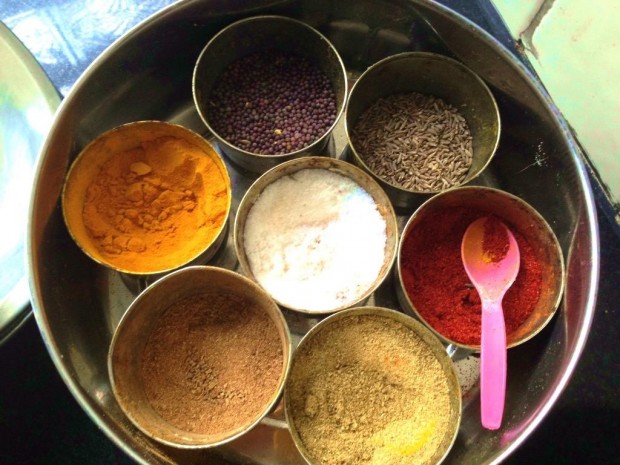
Other than having a place to stay for free, Couchsurfing’s also great because you get to integrate yourself into your host’s home and experience their family culture. If you’re lucky, you’ll get to enjoy some delicious home cooking!
6. Rickshaw drivers will rip you off
As with many other Asian countries, foreigners will get ripped off by taxis and rickshaws or tuk tuks. In India, the auto rickshaw is the most common type of transportation, and if you manage to haggle the price properly, it can also be the cheapest.
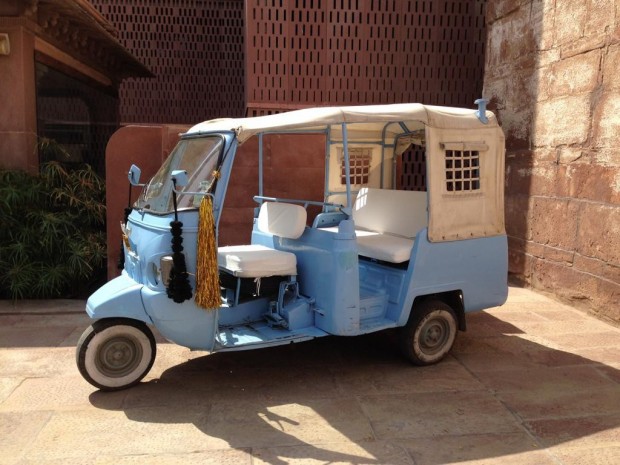
But because we are tourists, rickshaw drivers will look at us and go, “Ooh I can charge them at least double the price and they wouldn’t know”. There are a few solutions to this.
The first solution would be to simply ask a local person (not the rickshaw driver of course) how much it should cost to go from the pick up point to your destination. Use that as a gauge and try to haggle the price down as closely as possible before you get on the tuk tuk.
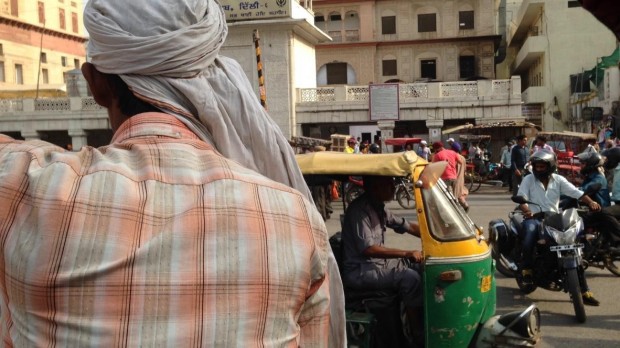
Another way would be to watch the meter. Some rickshaws have their meters on at all times, though they never use it as they normally charge more. One trick a friend taught me was to tell the driver to put the meter on, and tell him you would pay him 10 rupees more than the meter price.
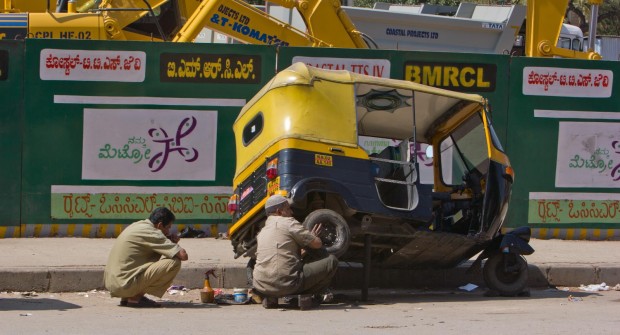 Image credit: Victorgrigas
Image credit: Victorgrigas
Usually, they would agree to this. While you’re on your journey, watch how the meter runs – it normally costs only 25 rupees for the first 1.8 kilometers, before it starts to increase by 510 rupees per kilometer. It may be handy to note that some auto rickshaws will also have a different pricing in the night. Now that you know how the meter runs, you’ll be better equipped to haggle the price on your next trip in an auto rickshaw.
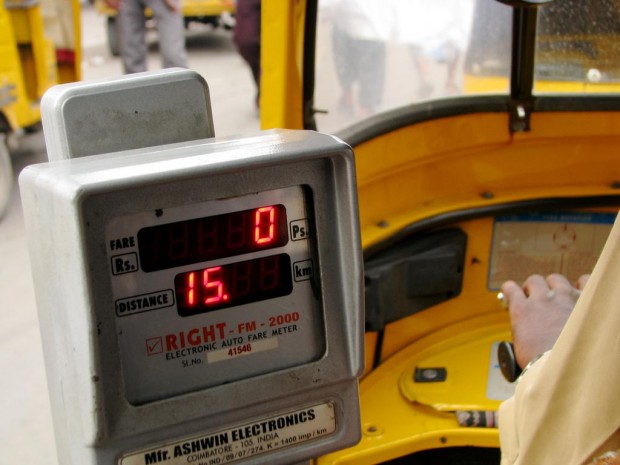 Image credit: McKay Savage
Image credit: McKay Savage
Lastly, the most effective method I learnt was to learn how to speak a little bit of Hindi. Even just learning the numbers was enough. But the trick to learning how to say words and numbers in a new language is to sound confident while you’re saying it. That way, you’ll be convinced that what you’re saying is accurate. So even the rickshaw drivers will think, “Oh okay, this foreigner knows her shit” and they wouldn’t try to rip you off next time.
7. People will take pictures of you
If you’re relatively fair skinned and not of Indian descent, then be prepared to have your picture taken. People will stare, point, look at you in an amused manner, make comments on your features, and many will not be afraid to ask, “Excuse me Madam, which country you from?”
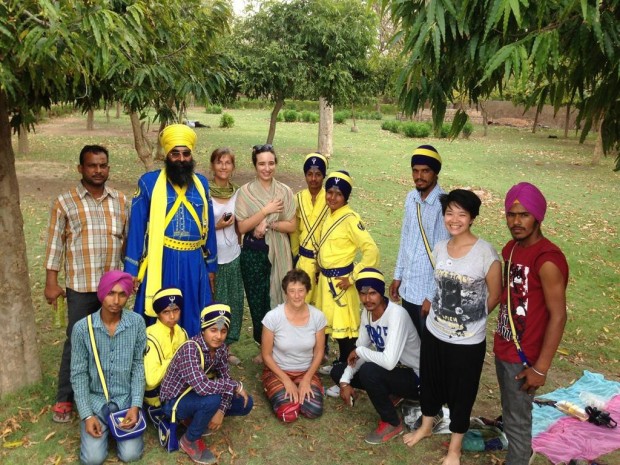
If you’re lucky, you might actually meet a nice local who just wants to learn about you and your reasons for visiting India. Yes, there are a few rare but pleasant experiences to gain from this.
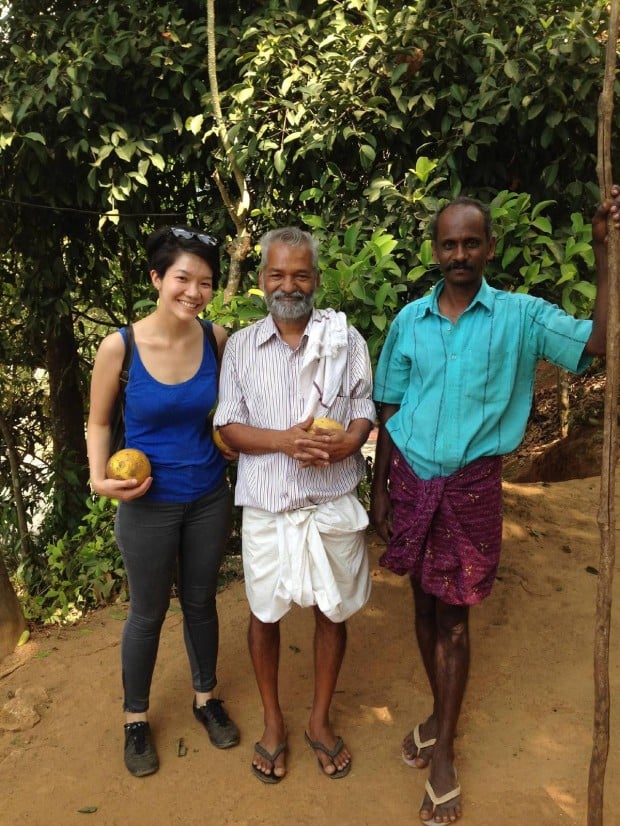
However, the novelty of feeling like a mini celebrity quickly wears off. While some locals are polite enough to ask if it’s okay to take a picture of or with you, others will snap pictures of you without asking. If you get tired of getting asked for pictures, it’s fine to say no.
Be ready to accept the rude responses and walk away. Ladies, try to dress conservatively and cover your shoulders and knees to prevent unwelcomed attention.
8. Poverty
This shouldn’t come as a shock, but you will see a lot of poverty on the streets of India. Even in metropolitan cities like Delhi and Mumbai, sights of people sleeping on the streets and begging for money just outside the metro station are not uncommon.
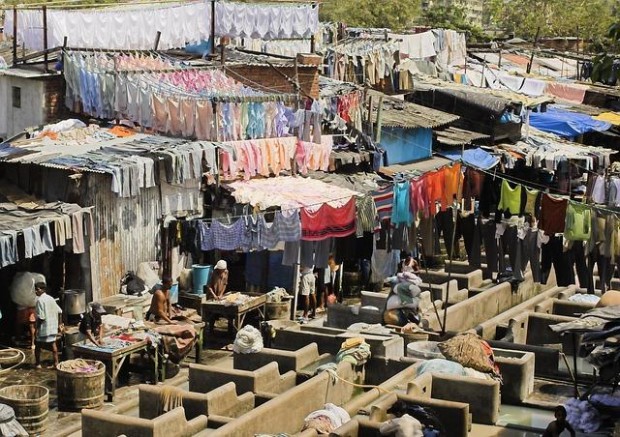
There will also be the occasional homeless child begging for money, or a mother carrying her baby and telling you she needs your money to feed her baby.
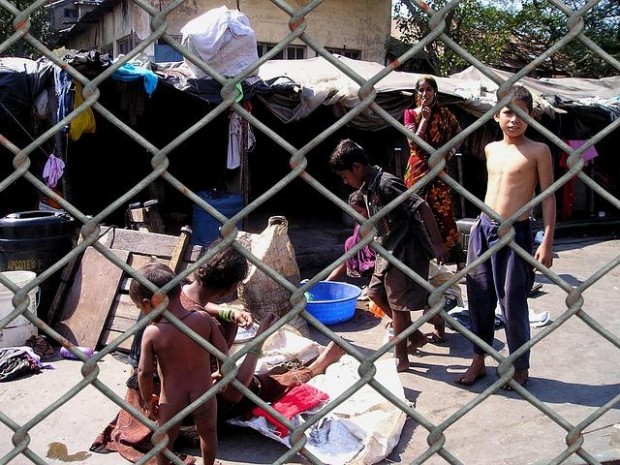
Do what you will, but generally, it’s not wise to donate to the kids on the streets because swarms of them will then start to follow you. The point is, sights like these can’t be avoided and sometimes the state of their physical being might shock you as they do not have a proper home to clean and take care of themselves.
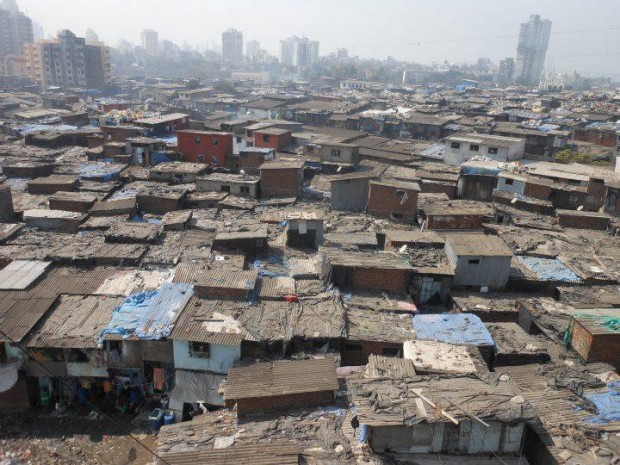 Image credit: Flat Out
Image credit: Flat Out
A personal tip: The quickest way to get through a bunch of kids asking you for money is to always have a few pieces of candy/cookies/biscuits on hand. Usually they’re more than happy to accept that and leave you in peace. If you see a lone homeless guy and would like to help, you can always buy him some food or even just a cup of tea. He would be extremely appreciative of this gesture and you would know that he isn’t going hungry for the night.
9. Remember to look beyond your own perceived view
I know you all have your own ideas of what a country is like even before visiting a single place in that country. Don’t we all? With thousands of media reports and a BBC documentary on “India’s Daughter”, it is no wonder everyone thinks India is a place for rape.
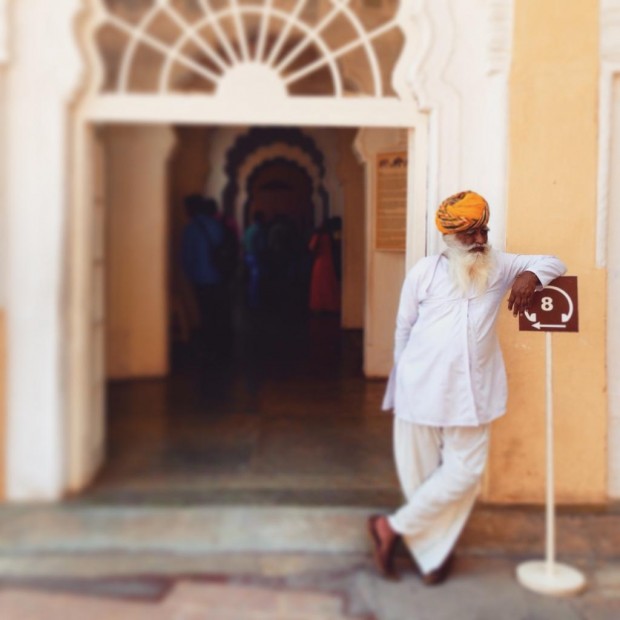
Add that to Singapore’s culture of shaming and shunning foreign workers (most of whom are from but not limited to India, Bangladesh or Pakistan), and you get a popular Singaporean view of how dangerous it is to travel to India because it is a dirty country, traffic is terrible and “the only food you can eat is curry.”
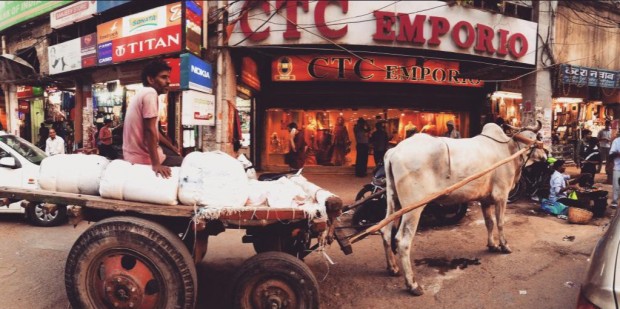
I say this because I’m Singaporean, and I’m not a stranger to this perceived view – because I used to think that way too. As a solo female traveller, the thought of backpacking India first seemed daunting. But after much research and advice from other travellers who have been there, it didn’t seem so scary after all. In fact, the thought of backpacking India excited me.
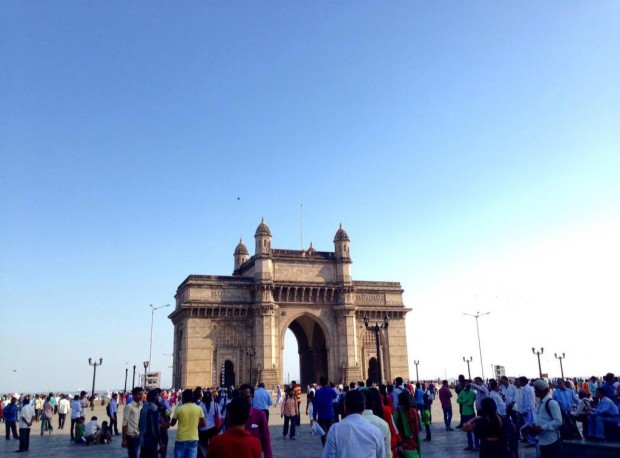
You see, with a country the size of India, there just isn’t one way to describe or put a label on because it is so big and diverse. Their food consists of more than just curry, yes sometimes the streets can be dirty and if you’re unlucky, so can the food. But that doesn’t mean that there aren’t clean spaces and hygienic food practices.
And yes, the traffic can be infuriating if you’re a driver but the traffic in Beijing, China, is just as bad but you don’t hear the same people telling you not to go there! I even had someone close to me make a general statement like, “India is a place where you go and get raped”, and well I came out alive and un-raped.
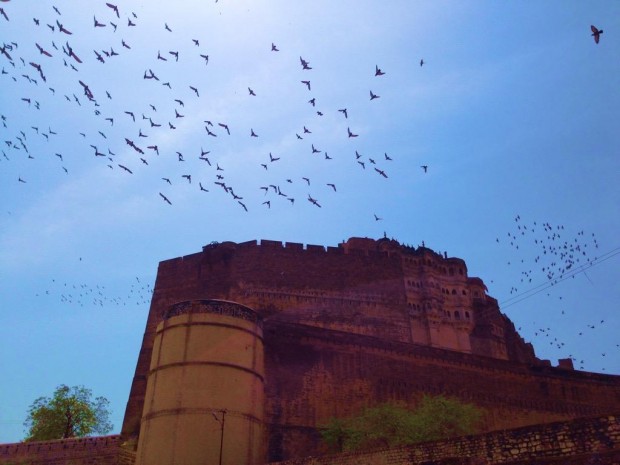
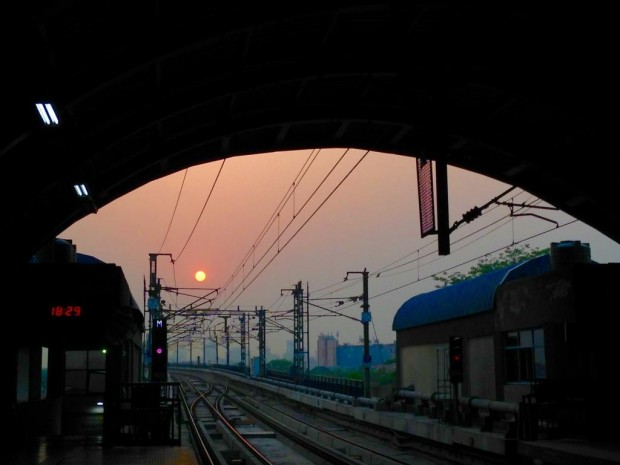
The fact is, any country is dangerous to travel alone in, and India is not an exception. As a traveller one must always be observant, have a sharp intuition and to make personal safety a priority at all times. For example, don’t go for that drunken night out if you can’t trust anyone in the group. It’s just basic common sense. And this applies when traveling to any country in the world, not just India.
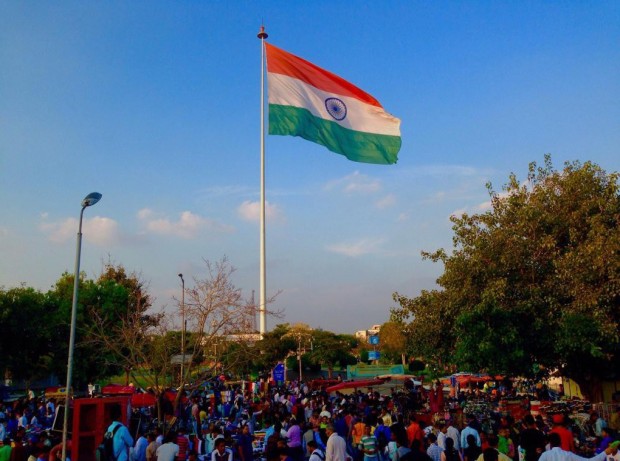
So look beyond the negative images portrayed in the media and with enough patience, you will discover a country full of colourful culture, amazing landscapes, the biggest film industry in the world, a society that is slowly changing, and several kindhearted souls who would be willing to share their own stories about their culture and country.
Because only then will you see the real beauty of India – simply incredible.






